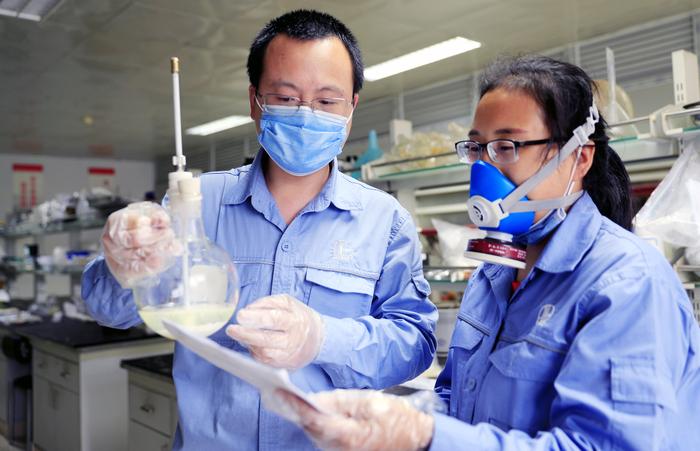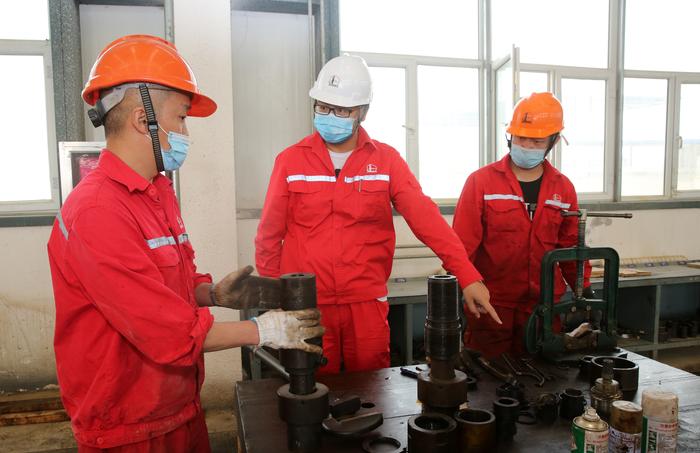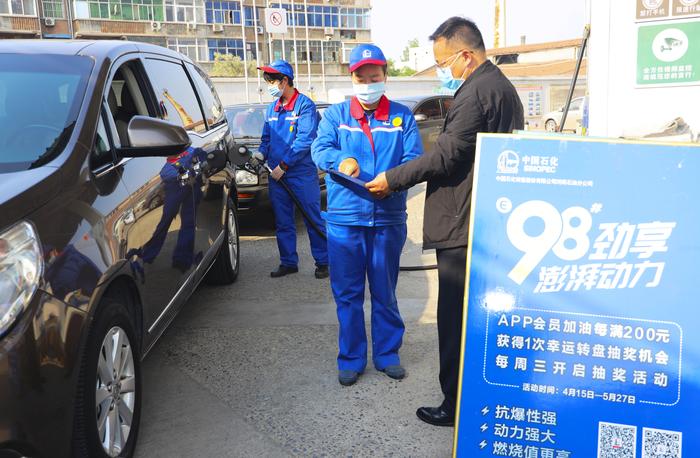|
| 2020-05-12 来源: 中国石化新闻网 |
| 石化新闻 |
|
中国石化新闻网讯 据世界石油5月11日伦敦报道,大型石油公司在第一季度盈利纷纷受到重创,但情况恐怕只会变得更糟。 从挪威到美国的主要石油和天然气生产商在今年前三个月的利润大幅下降。埃克森美孚公布了30多年来的首次亏损,而壳牌自二战以来首次削减了股息。 这仅仅是疫情最初传播的结果。自从全球疫情爆发导致前所未有的石油市场暴跌以来,情况变得更加糟糕。虽然出现了一些复苏的迹象,但企业一致警告称,本季度的形势将比第一季度更为严峻。 一些关键要点表明哪些公司可以再忍受三个月的痛苦,而哪些仍将苦苦挣扎: 股息竞争 长期以来,大石油公司慷慨的分红一直是其吸引投资者的主要因素。但由于壳牌首席执行官本·范伯登决定将公司的股息削减三分之二,股息已经失去了吸引力。 埃克森美孚和雪佛龙表示,他们对股息的承诺不会动摇。BP公司首席执行官伯纳德?鲁尼的说法更为模棱两可,他表示董事会将按季度审核股息。 产量下降 几位首席执行长说,无论是欧佩克的命令,还是低油价的推动,停产已经在发生。这意味着大多数大公司将在第二季度减少石油和天然气的产量。 美国的产出已经大幅下降,埃克森美孚、雪佛龙公司和康菲石油公司计划在6月底前将产量削减至多66万桶。壳牌和BP公司正在从二叠纪盆地撤除钻机,后者从其页岩业务的计划支出中减少了10亿美元。 消失的现金 五大石油巨头的运营现金总额较上年同期下降29%,至270亿美元左右,不足以支付股息、利息、运营费用和投资。 当时布伦特原油的平均价格约为每桶50美元。布伦特原油是全球大多数石油运输的定价基准。根据BP公司的数据,即便是考虑到最近油价的回升,今年第二季度油价平均仍不到20美元。 现金流危机 企业已求助于出售债券和获取新的信贷安排,以保持流动性健康。对其中一些人来说,问题在于他们能在多长时间内继续累积债务。 今年第一季度,BP公司的杠杆比率(净债务与股本之比)飙升了5个百分点,达到36%。尽管鲁尼说,这一增长部分是临时营运资金增加的结果,但他拒绝给出何时会回到20%至30%的舒适区间的时间表。 对于雪佛龙首席财务官皮埃尔?布雷伯来说,债务不是问题。他表示,该公司有“足够的能力”在长期低迷时期借款,并以每桶30美元的油价支付两年的当前股息。 裘寅 编译自 世界石油 原文如下: Big Oil emerged from first-quarter earnings battered and bruised, but things are only going to get uglier. Major oil and gas producers from Norway to the U.S. saw profit plunge in the opening three months of the year. Exxon Mobil reported its first loss in over 30 years, while Shell cut its dividend for the first time since the Second World War. And that was only the result of the initial spread of the coronavirus. Things have gotten even worse since a global pandemic caused an unprecedented oil-market slump. There are some signs of recovery on the horizon, but companies were united in their warnings that the current quarter will be tougher than the first. A few key takeaways show which companies can endure another three months of pain, and those that will struggle: Dividends in Play Big Oil’s generous dividends have long been its main attraction to investors. But thanks to Shell Chief Executive Officer Ben van Beurden they are no longer sacrosanct, after he slashed his company’s payout by two thirds. Exxon and Chevron said they remain unwavering in their commitment to the dividend. BP Plc CEO Bernard Looney was more equivocal, saying his board would review the payout on a quarterly basis. Falling Output Several CEOs said production shut-downs are already happening, whether mandated by members of the Organization of Petroleum Exporting Countries or motivated by low prices. That means most major companies will pump less oil and gas in the second quarter. Output is already plunging in the U.S., and Exxon Mobil, Chevron Corp. and ConocoPhillips plan to cut as much as 660,000 barrels a day by the end of June. Shell and BP are removing rigs from the Permian, with the latter taking $1 billion out of planned spending in its shale business. Vanishing Cash For the five largest oil majors combined cash from operations plunged 29% from a year earlier to about $27 billion -- not enough to pay for dividends, interest payments, operating expenses and investments. That was in a quarter where Dated Brent -- the benchmark against which most of the world’s oil shipments are priced -- averaged about $50 a barrel. Even with the recent recovery in prices, the marker has averaged less than $20 so far in the second quarter, according to BP data. Cash-Flow Crunch Companies have resorted to selling bonds and taking out new credit facilities to keep liquidity healthy. For some of them, there are questions about how long they can keep piling on debt. BP’s gearing -- the ratio of net debt to equity -- shot up 5 percentage points to 36% in the first quarter. While Looney said part of that increase was the result of a temporary working capital build, he refused to give a timeframe for when it would get back to its 20% to 30% comfort range. For Chevron Chief Financial Officer Pierre Breber, debt wasn’t an issue. The company has “more than enough” capacity to borrow through a long downturn, and to pay the current dividend for two years at $30 oil, he said.
|








